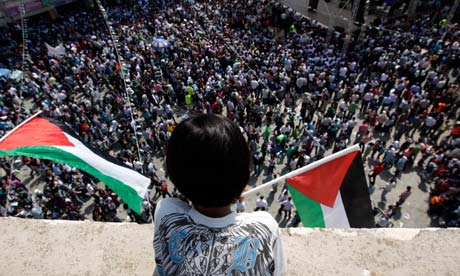By Adom M. Cooper
Impunity Watch Reporter, Middle East
HOMS, Syria–A young woman used as a puppet by Syrian security forces to entice the surrender of her activist brother has been found beheaded and dismembered, according to activist and human rights groups. The body of eighteen-year-old Zainab al-Hosni was discovered by her relatives at a morgue in the city of Homs.

The discovery was pure chance. The family had been called to the military hospital to pick up her brother’s body three days after his arrest. When they arrived at the morgue, the family was slapped in the face with a very unwelcome discovery, compounding the already existing grief over Mohammed al-Hosni.
The family had gotten word from a Homs military hospital that Mohamed’s body could be retrieved. When they arrived at the hospital, medical officials informed the relatives about another unclaimed body with a label bearing the name ‘Zainab al-Hosni’ that had been kept in a hospital freezer for some time.
Several days later, the al-Hosni family received the woman’s headless and limbless corpse according to the Syrian Observatory for Human Rights, Amnesty International, and the Homs Quarter Union. Regime authorities forced Zainab’s mother to sign a document saying that both Zainab and Mohamed had been kidnapped and killed by an armed gang.
The Syrian government has insisted that armed gangs with foreign agendas, not anyone associated with al-Assad’s regime, are responsible for the violence that has descended upon Syria in recent months.
The number of in-custody deaths has risen to 103 since the protests began in March. Overall, the UN estimates that some 2,600 individuals have been killed in Syria since March.
Zainab al-Hosni is the first woman known to have died in custody during the recent displeasure and demonstrative dissent against Bashar a-Assad’s regime.
Mohammed was slain on September 10, when security forces opened fire on demonstrators in Homs.
Amnesty International, a London-based human rights group, reported that Zainab’s body has been decapitated, her arms cut off, and her skin removed. Philip Luther, Deputy Director for the Middle East and North Africa, shared these sentiments.
“If it is confirmed that Zainab was in custody when she died, this would be one of the most disturbing cases of a death we have seen so far. We have documented other cases of protesters whose bodies were returned to their families in a mutilated state during recent months, but this is particularly shocking.”
The last time that her family saw her alive, Zainab al-Hosni was running a quick errand to the grocery store last month.
Zainab’s brother, Mohammed al-Hosni, was a prevalent opposition activist lauded by his colleagues and peers for heading up anti-government protests and treating the wounded. He had successfully evaded regime authorities for weeks when his sister disappeared, according to the Homs Quarter Union activist group. A union media coordinator relayed this statement to CNN.
“The secret police kidnapped Zainab so they could threaten her brother and pressure him to turn himself into the authorities. The government often uses this tactic to get to activists.”
The Local Coordination Committees of Syria, an activist group, claimed that security forces called Zainab’s family to trade her “freedom for her pro-democracy activist brother’s surrender.”
Amnesty International has reported as many as 15 in-custody deaths since publishing its 21 August report, Deadly Detention: Deaths in Custody Amid Popular Protest in Syria. The organization has list with a running tally of more than 2,200 individuals reported to have died since the anti-regime protests began. Deputy Director for the Middle East and North Africa Philip Luther said these words concerning how the international community should respond.
“The mounting toll of reports of people dying behind bars provides yet more evidence of crimes against humanity and should spur the UN Security Council into referring the situation in Syria to the International Criminal Court.”
The ban on international journalists in Syria is still in full effect, making it extremely difficult to independently verify reports coming from within the country. Now that the first female in-custody death has been reported, one can only hope that it will also be the last. The unrest with al-Assad’s regime cannot continue and the demands of Syria’s citizens must be met. Or unfortunately, the news of the next in-custody death, female or not, will worsen the tensions inside Syria even further.
For more information, please see:
Ahram – More Deaths as Sanctions on Syria Widen – 23 September 2011
Al-Jazeera – More Deaths in Syria as Sanctions Tighten – 23 September 2011
Amnesty International – New Evidence of Syria Brutality Emerges as Woman’s Mutilated Body is Found – 23 September 2011
BBC – Syria Unrest: ‘First Woman Dies in Detention’ – 23 September 2011
CNN – Mourning, Outrage, Disbelief Over Woman’s Mutilation in Syria – 23 September 2011
The Guardian – Syrian Teenager Believed to Be First Female to Die in Custody Since Uprising – 23 September 2011
NYT – Syria: Woman Held by Security Is Beheaded, Rights Group Says – 23 September 2011


